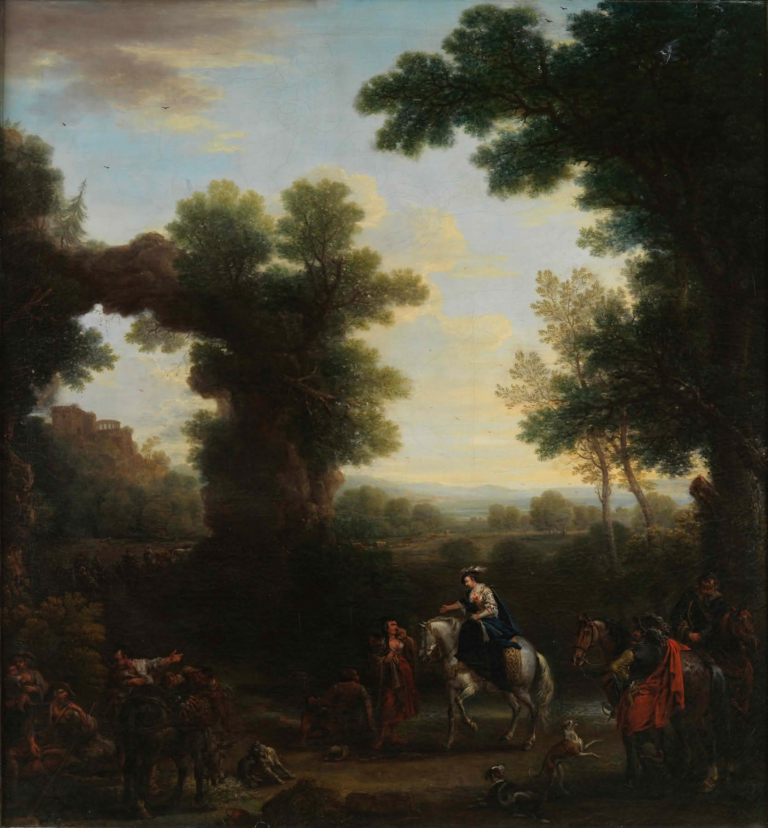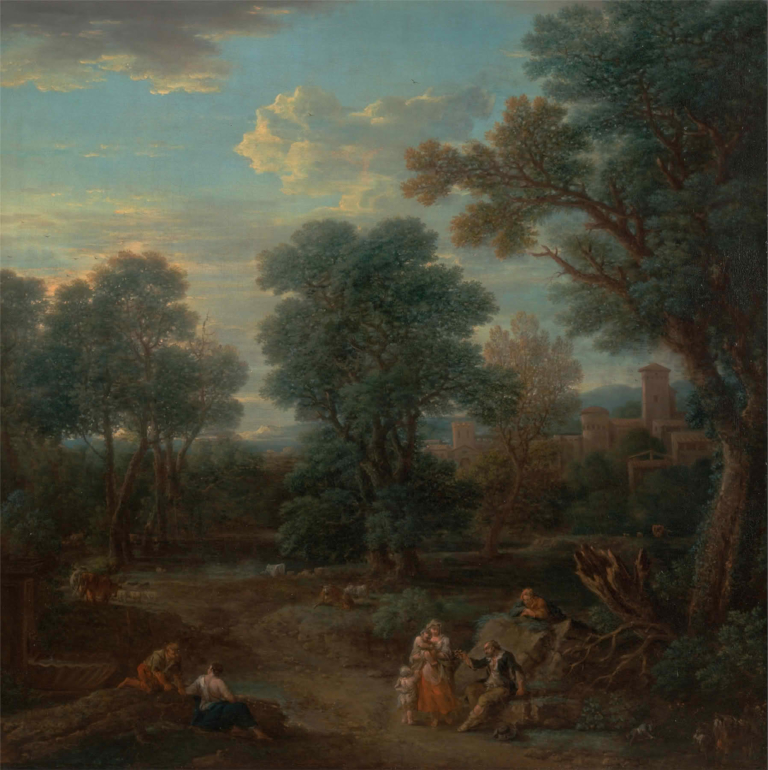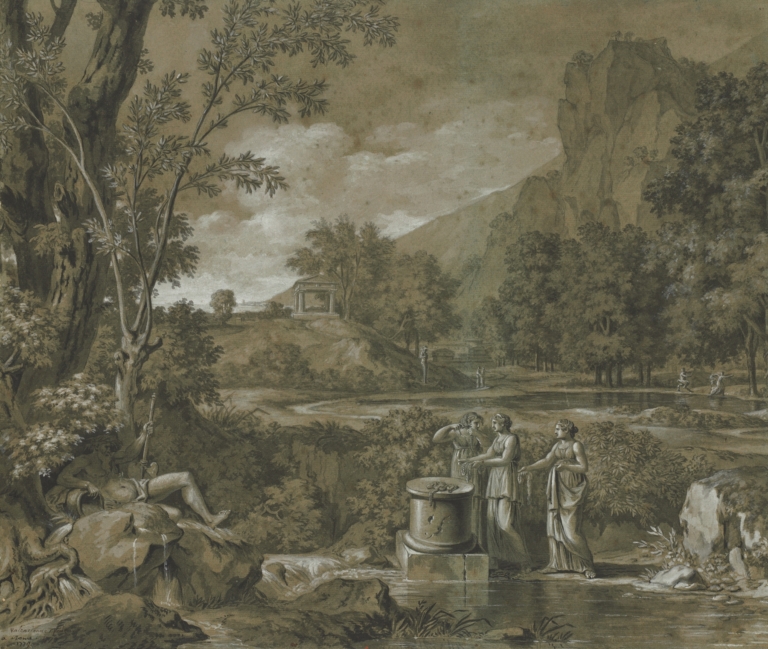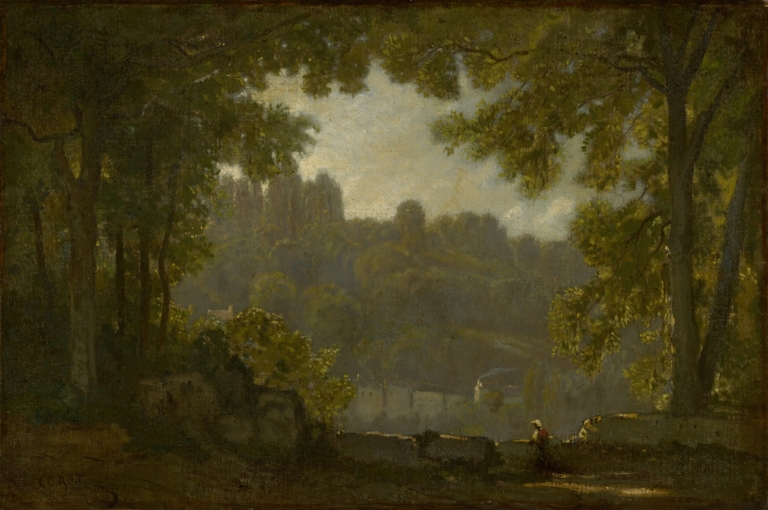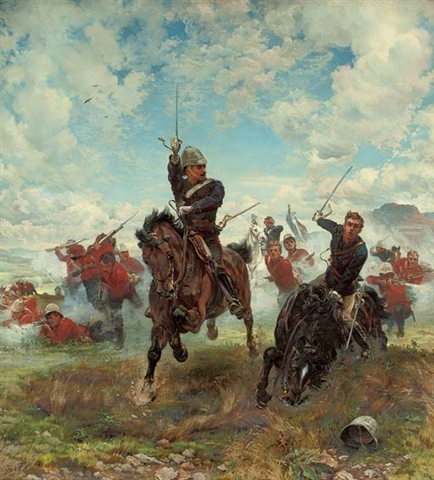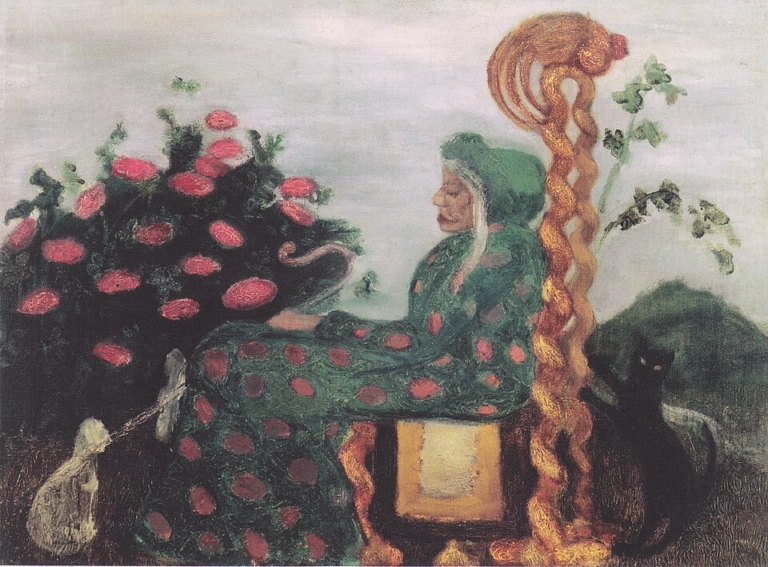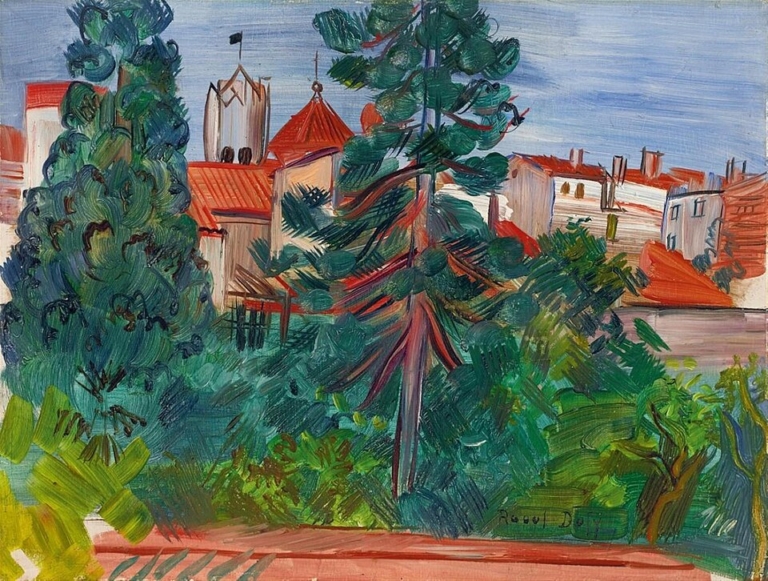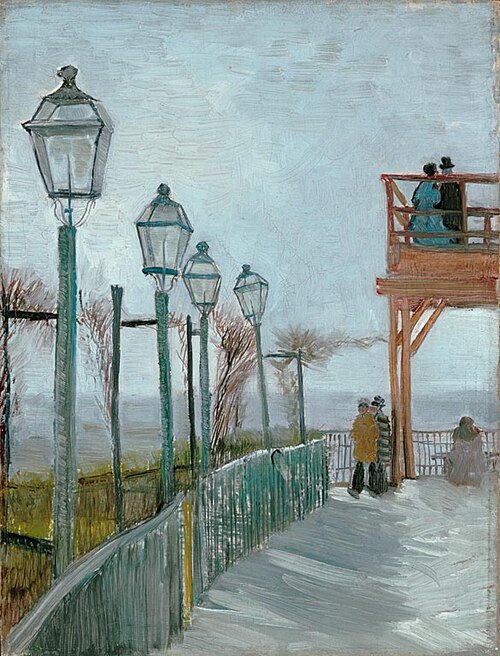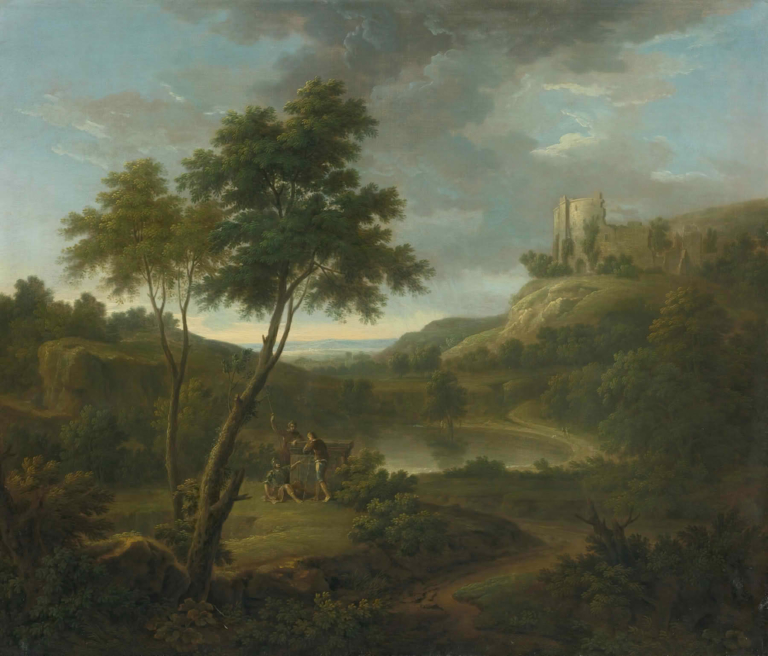
Capriccio With A Classical Sarcophagus And Possibly Beeston Castle, Cheshire by George Lambert: A Comprehensive Analysis
"Capriccio With A Classical Sarcophagus And Possibly Beeston Castle, Cheshire" by George Lambert blends classical ruins with British scenery, reflecting Enlightenment ideals and the rise of British landscape painting. This analysis explores its composition, symbolism, and lasting influence on British art.
